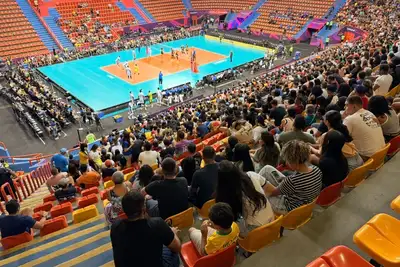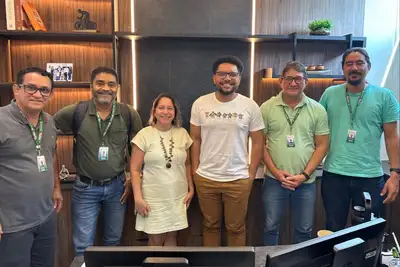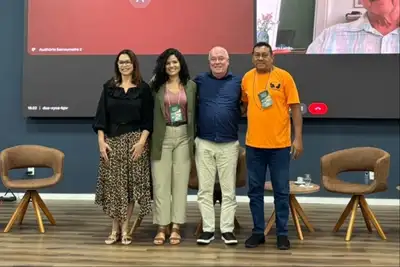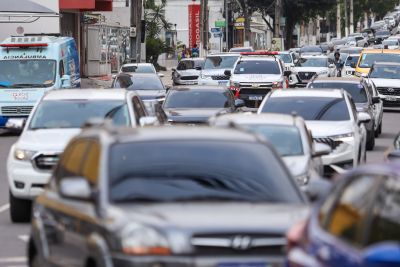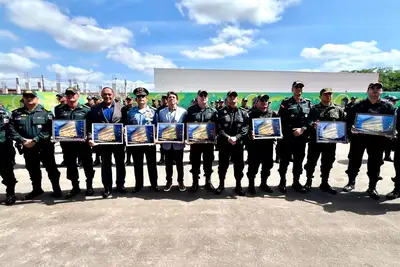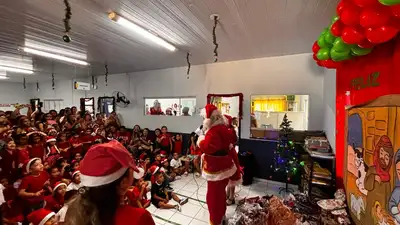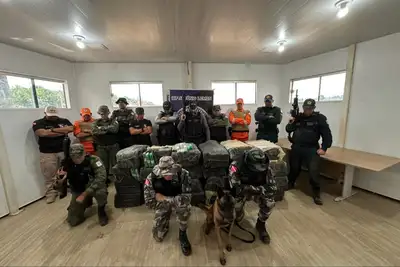State teacher secures a spot at the world's largest particle physics laboratory
From Santo Antônio do Tauá, physics teacher Fábio Jorge Ferreira is the only representative from Pará in the international training in Switzerland and Portugal
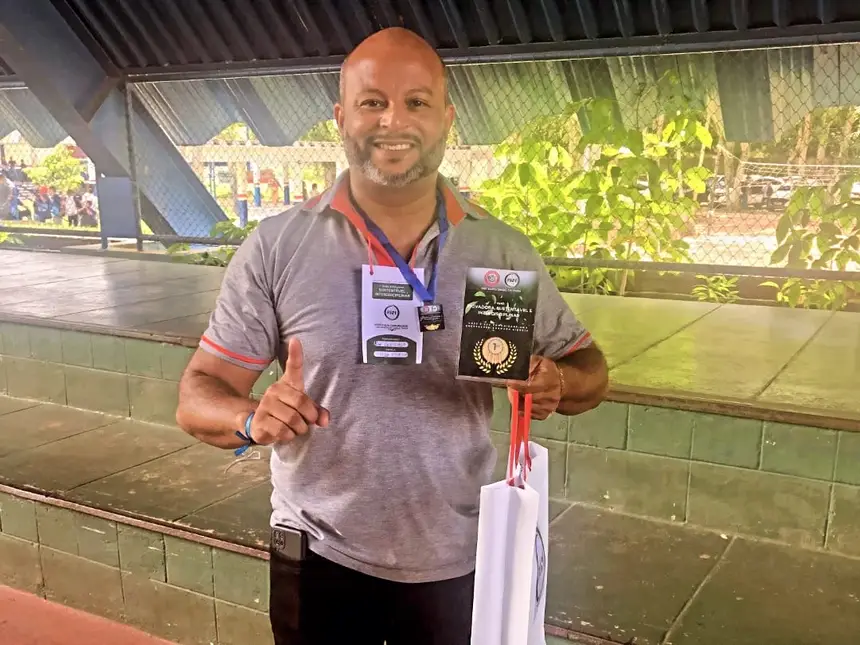
In Pará, education in the state network has been continuously advancing. In addition to the commitment and investments of the state government in infrastructure and programs to value the school community, educators in the network are also dedicated to further elevating the quality of public education. An example of this is physics teacher Fábio Jorge Ferreira from the Celso Rodrigues State Full-Time School. He secured a spot at the Cern Physics School 2025, organized by the European Organization for Nuclear Research (Cern), the largest particle physics laboratory in the world, located in Switzerland.
From Santo Antônio do Tauá, in the Guamá Integration Region of northeastern Pará, Professor Fábio Jorge is the only representative from Pará selected for this edition of the program, which will take place from August 28 to September 7. The event will be held in Lisbon, Portugal, as well as in Geneva and Bern, Switzerland.
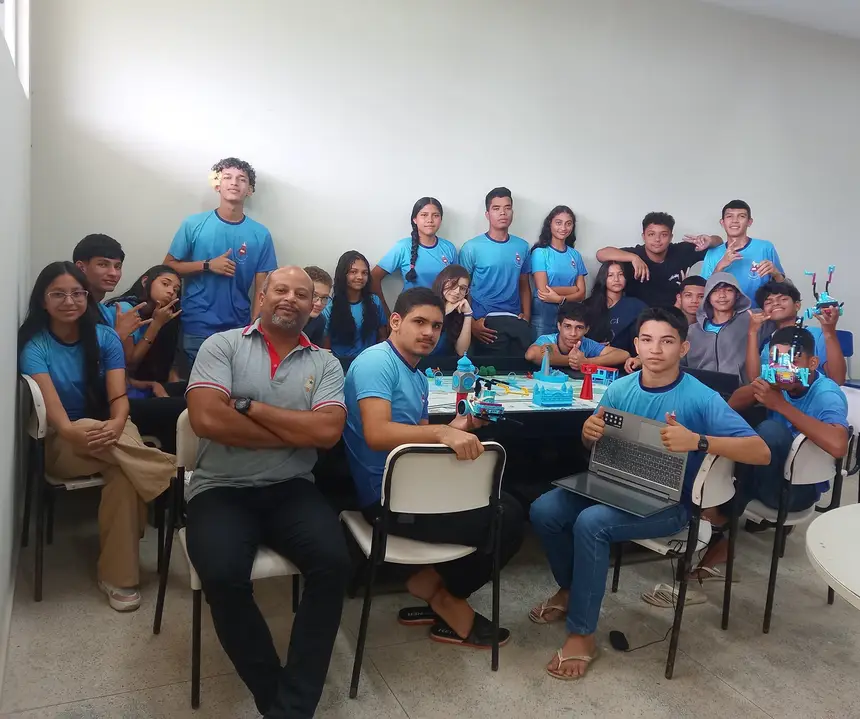
Professor Fábio Ferreira emphasizes that this is a special moment. “The selection was quite competitive; I had participated last year and didn’t succeed. This year I did, and it is a great joy to be able to participate in the Physics School, which is highly prestigious. There, we will visit several leading universities, such as the University of Coimbra; University of Salamanca in Spain, in addition to workshops on nuclear research physics, so this is something very top, and the expectation for the trip is immense to learn and bring this knowledge back to the public network,” the educator shared.
The Cern Physics School in Portuguese is an initiative aimed at training high school teachers in Particle Physics, an area often considered complex. The goal is for educators to later share the knowledge acquired in the classroom, making advanced physics topics more accessible to students.
“It’s a big dream. We, who come from public schools, don’t have many opportunities like this, so when we have the chance, we have to seize and embrace it. The knowledge that will be acquired, when I return, I will conduct workshops, hold scientific exhibitions, bring CERN here to the Amazon, and at the same time also do some exhibitions talking about COP 30,” commented Professor Fábio Jorge.
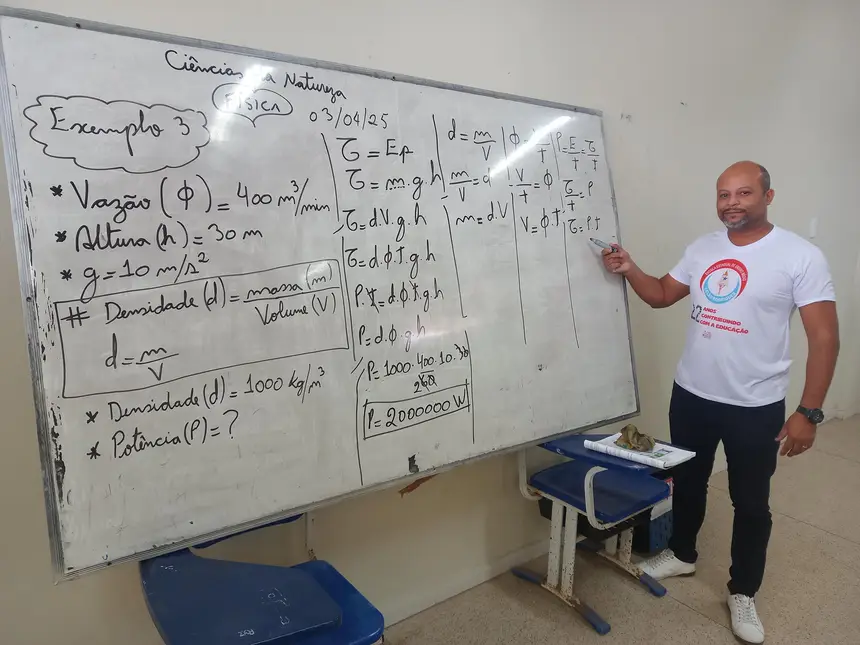
The selection for the Cern School is a competitive process that evaluates various aspects of the candidate's trajectory, including teaching activity in high school, participation in teacher training projects, and acting as a qualified teacher in scientific olympiads.
The participation of teachers in scientific immersion programs like the Cern School is seen as a valuable opportunity to enhance didactic-pedagogical skills and bring the advances of cutting-edge research in Physics to the reality of Brazilian classrooms. The experience at Cern, known for housing the world's largest particle accelerator, the Large Hadron Collider (LHC), provides educators with direct contact with the environment where some of the most significant contemporary scientific discoveries occur, such as the Higgs Boson.
In previous years, other teachers from the Pará public network have also been selected for programs at Cern, such as teacher Bárbara Castro in 2022. In 2024, the educator returned to Cern as a coordination assistant.
The program, which has the support of institutions such as the Instrumentation and Experimental Particle Physics Laboratory (LIP) in Lisbon, the Brazilian Physics Society (SBF), the São Paulo Research and Analysis Center (SPRACE), and the Principia Institute, has a history of contributing to the training of Portuguese-speaking teachers since 2007. Brazilian participation in the program began in 2009.


